The engineering behind Evolutor
Futurum
SEPTEMBER 6, 2022
The engineering behind Evolutor. Published: Professor Tuck Seng Wong , based at The University of Sheffield in the UK, leads a team focused on applying the concept of Darwinian evolution to engineer biological systems for industrial applications. ENZYMES — the proteins responsible for catalysing all chemical reactions in cells.

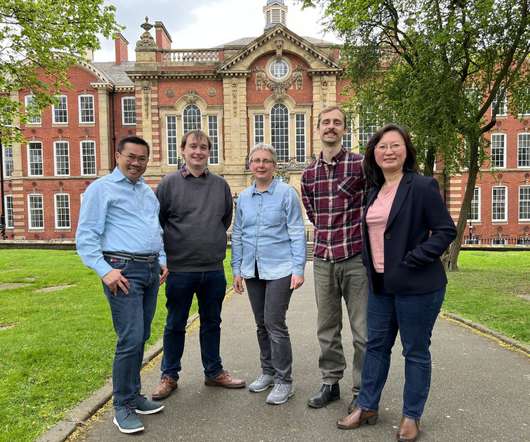
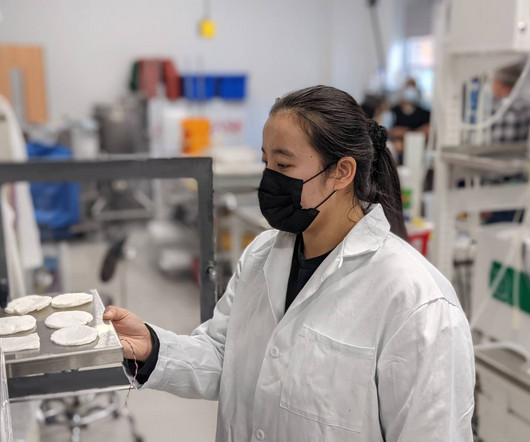
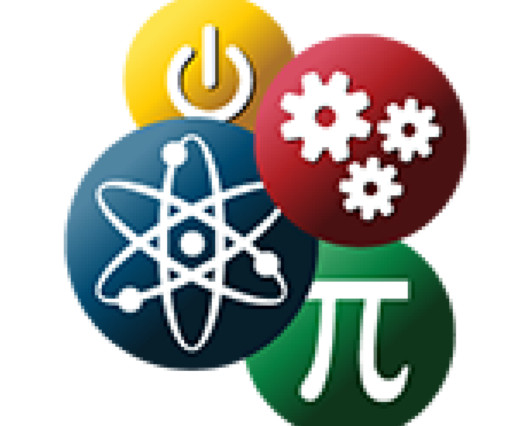
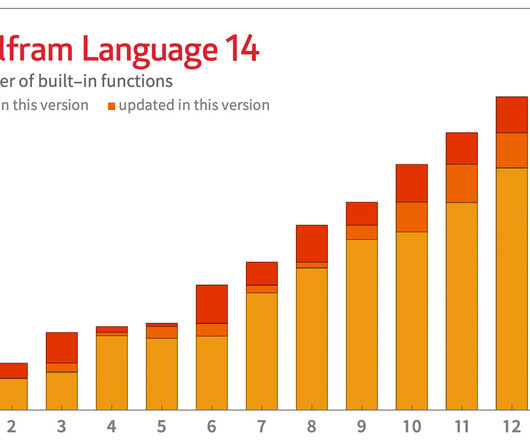
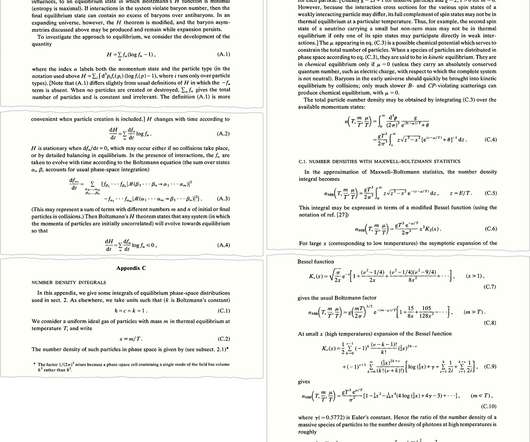






Let's personalize your content